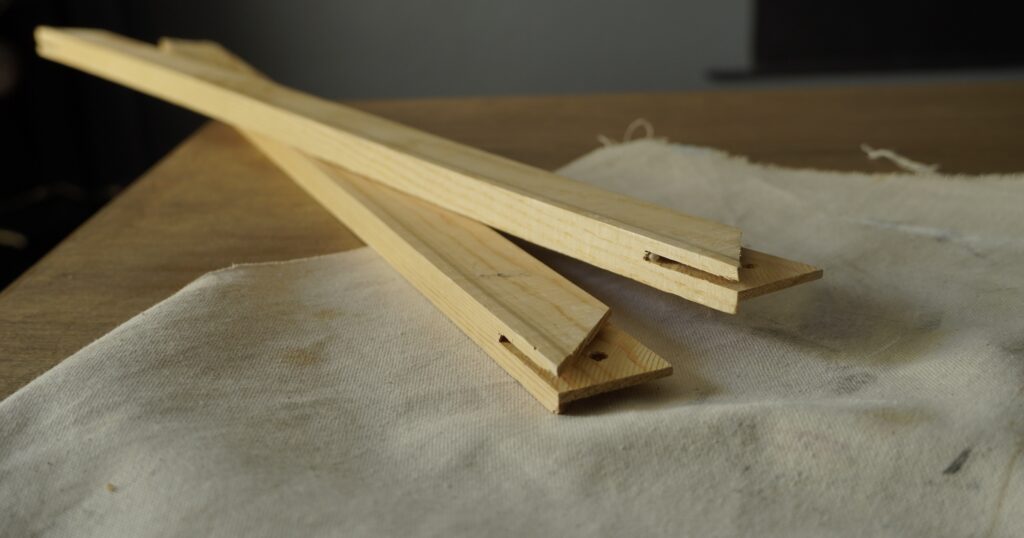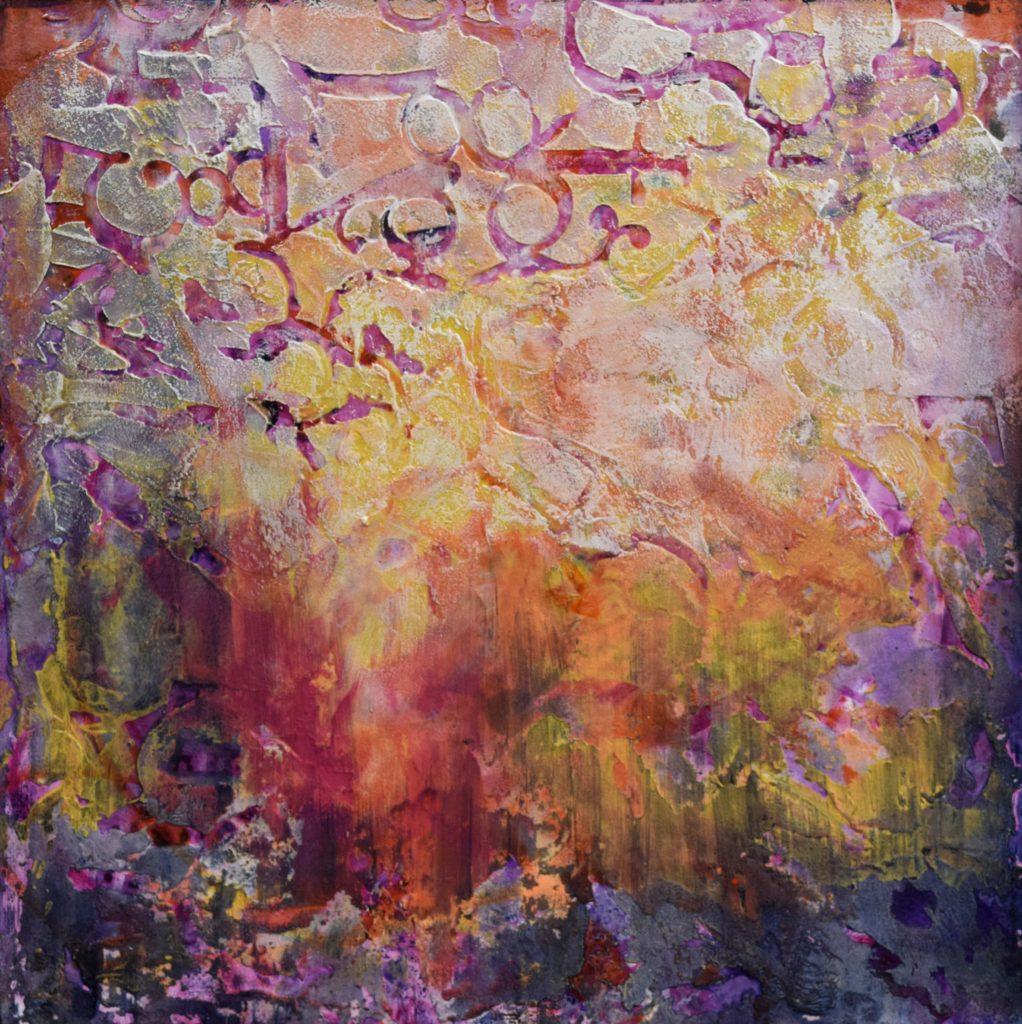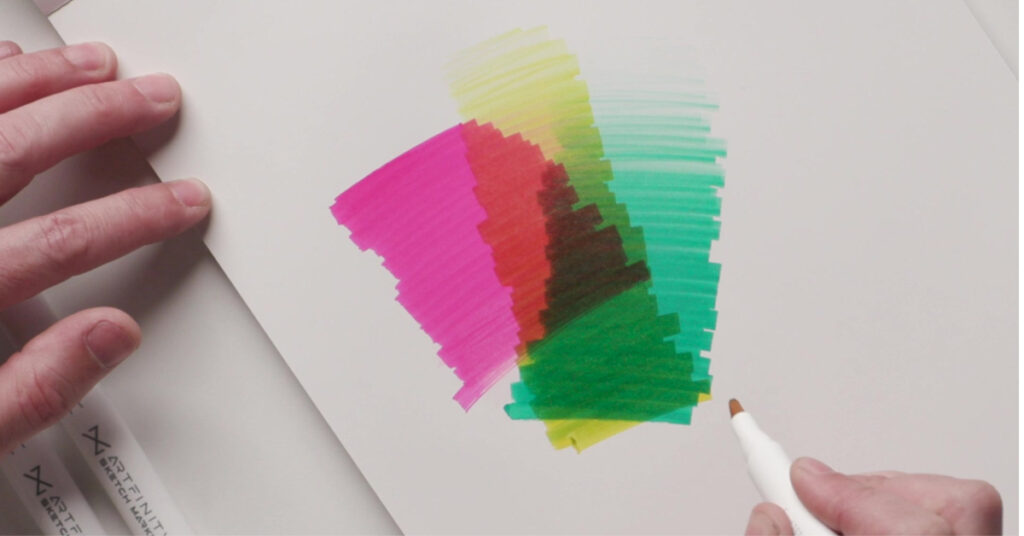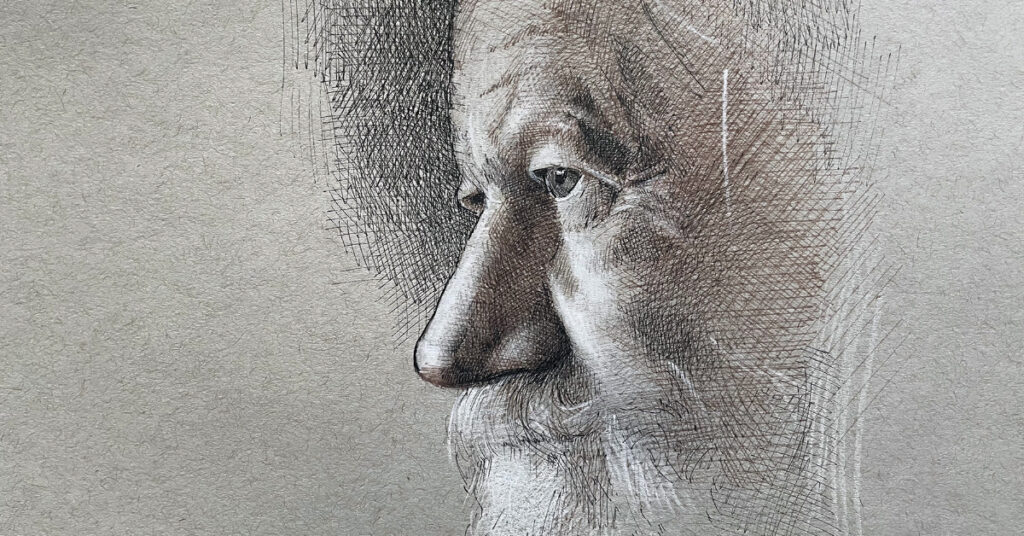Beginner Oil: Recommended Books for a Beginning Artists

 From the thousands of art-instruction books available, we offer a list of those that have proven beneficial to new artists.
From the thousands of art-instruction books available, we offer a list of those that have proven beneficial to new artists.
by Naomi Ekperigin
There are many options available for artists wishing to improve their skills. However, the price and time commitment required for private or group classes may be daunting for a new artist. Fortunately, there are hundreds of art-instruction books available for those who prefer to work individually and build skills before entering a group setting. Books also allow one to set the pace of learning—students may stop and start a lesson at will. Here, we offer some of the most popular and helpful books for artists who are just starting to hone their skills and may be unsure of what to choose from all the offerings available.
Acrylic Painting Techniques: How to Master the Medium of Our Age, by Stephen Quiller (Watson-Guptill, New York, New York), combines exercises with clear advice, enabling the reader to learn the techniques used by professional artists. The author includes his own full-color studies and finished pieces, demonstrating not only the versatility of acrylic but also the similarities between acrylic, watercolor, and oil.
 |
The Artist’s Complete Guide to Figure Drawing, by Anthony Ryder (Watson-Guptill, New York, New York), focuses on the importance of learning not how, but what to draw. By this, Ryder means that it is important to draw what we actually see, rather than what we think we see. This requires careful observation, which Ryder guides the reader toward in his three-step drawing method. The technique offered in this book allows artists of all levels to achieve greater realism, and by including his own work, Ryder is both instructional and inspiring.
The Artist’s Handbook of Materials and Techniques, by Ralph Meyer (Viking Press, New York, New York), was first published in England in 1951, and is still a staple of many artists’ collections. It contains practical advice for using all media, as well as scientific information on mixing pigments, chemical properties of media, and information on toxicity.
 |
Carlson’s Guide to Landscape Painting, by John F. Carlson (Dover Publications, New York, New York), is known as one of art intstruction’s most helpful guides. Carlson shares his lifetime of experiences painting and teaching, and includes several of his own pieces and explanatory diagrams. The only drawback is that the images are in black-and-white, but the beauty of his realistic landscapes is still evident.
Color: A Course in Mastering the Art of Mixing Colors, by Betty Edwards (Penguin Group, New York, New York), offers the reader an understanding of the basic structure of color using a wide range of exercises. Designed for both beginning and experienced artists and designers, the exercises in Edwards’ book teach readers how to successfully combine and mix hues.
Composition of Outdoor Painting, by Edgar Payne (Deru’s Fine Art, Bellflower, California), is a clear and comprehensive guide for plein air painters—and all artists– seeking to grasp the fundamentals of composition. Although it is geared toward landscape artists, Payne addresses such basic topics as color, rhythm, repetition, and value, which all artists should consider.
 |
Drawing for the Absolute and Utter Beginner, by Claire Watson Garcia (Watson-Guptill, New York, New York), is based on the lessons the author teaches in her successful workshops and courses at the prestigious Silvermine School of Art, in New Canaan, Connecticut. Garcia incorporates “homework” and activities in each chapter, even providing the reader with a list of supplies needed to learn the lessons in each section. The author’s supportive tone and practical approach are appropriate for new artists.
The Elements of Drawing, by prominent 19th-century artist and critic John Ruskin (University of Oxford, Oxford, United Kingdom), was first published in 1856 and is still relevant to artists. Ruskin gives the reader several exercises, first using a dip pen and ink, and then progressing to pencil and watercolor. In addition to stating the goal of each exercise, he also suggests other works of art that can be examined for further study. This book was read by such masters as Georges Seurat and Claude Monet—and is certainly beneficial to an artist today.
 |
Hawthorne on Painting, by Charles Hawthorne (Dover Publications, New York, New York), does not purport to be a comprehensive course on painting—though it is divided into sections on the outdoor model, indoor model, still life, landscape, and watercolor painting. Although it does not offer an overarching course of study, this collection of notes taken by Hawthorne’s students throughout his 31 years of teaching at the Cape Cod School of Art offers nuggets of wisdom and timeless advice for both novice and advanced painters.
The New Drawing on the Right Side of the Brain, by Betty Edwards (Harper Collins, New York, New York), has been translated into more than 10 languages and has sold more than two million copies since it was first published in 1979. Inspired by psychological research of the 1960s, Edwards applied the concepts of right and left brain activity to the task of learning how to draw. She put forward techniques whereby you can consciously access the right side of the brain when drawing, which helps you draw or paint what you see rather than what you know. Although this may seem outdated to artists working today, it has helped many people who felt they were incapable of drawing, or unsure of how to begin.
 |
The Painter’s Handbook, by Mark David Gottsegen (Watson-Guptill, New York, New York), is not at extensive as Ralph Meyer’s guide, but it offers a more up-to-date explanation of materials, as well as several step-by-step guides for mixing pigments, stretching a canvas, and other skills a beginning artist must acquire in order to improve his or her skills. As the president of the American Society for Testing and Materials and a practicing artist, Gottsegen provides artists with information about their materials in a concise, easy-to-read format.
Watercolor Basics: An Artist’s Guide to Mastering the Medium, by Sue Sareen (Watson-Guptill, New York, New York), is a handy book that provides step-by-step exercises, as well and useful information on materials and techniques. The author provides clear advice on how to tackle common problems with the medium, as well as how to handle the most challenging subject matter.
Naomi Ekperigin is the editorial assistant for American Artist.





Have a technical question?
Contact UsJoin the Conversation!